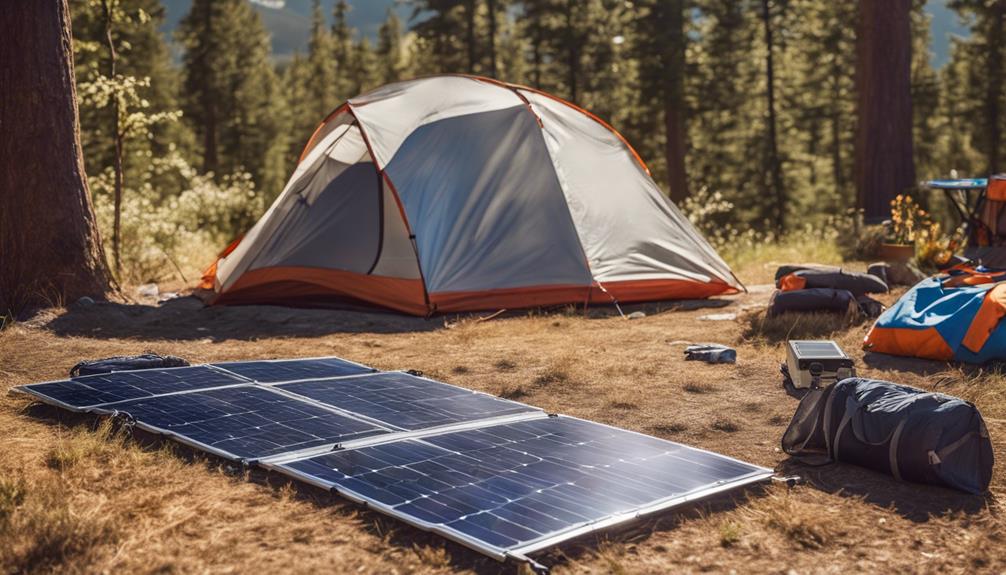
Solar energy has emerged as one of the most sustainable and effective solutions for our energy needs, and with advancements in technology, solar panels have become more efficient and powerful. Among these technological advancements, the solar panels 400 watts stand out as a popular choice for both residential and commercial applications. In this article, we will explore everything you need to know about 400-watt solar panels, their benefits, installation, and how they can contribute to a greener future.
Understanding 400-Watt Solar Panels
Solar panels 400 watts are high-capacity photovoltaic (PV) modules designed to convert sunlight into electrical energy. These panels typically consist of 60 to 72 solar cells made from silicon, which is a highly efficient material for converting sunlight into usable electricity. The wattage rating indicates the maximum power output under ideal conditions, meaning that a 400-watt solar panel can produce 400 watts of electricity at peak sunlight intensity. This level of output makes them suitable for a variety of applications, from powering homes to supplying energy to businesses.
Advantages of Using 400-Watt Solar Panels
One of the primary advantages of solar panels 400 watts is their high efficiency. Compared to lower-wattage panels, these modules can produce more electricity in a smaller space, making them ideal for homeowners with limited roof space. Additionally, the increased output can significantly reduce electricity bills and decrease reliance on grid power. Furthermore, 400-watt panels can contribute towards achieving energy independence, allowing users to generate their own power and reduce their carbon footprint.
Cost-Effectiveness and Return on Investment
Investing in solar panels 400 watts may seem daunting due to the initial costs; however, the long-term savings often outweigh the initial investment. The price of solar panels has dropped significantly in recent years, making them more accessible to the average consumer. Additionally, various government incentives and tax credits can offset the costs considerably. Over time, the energy savings can lead to a substantial return on investment (ROI), with many homeowners recouping their costs within a few years of installation.
Installation Process for 400-Watt Solar Panels
Installing solar panels 400 watts requires careful planning and consideration. First, homeowners should assess their energy needs and roof space. Consulting with a professional solar installer can help determine the optimal number of panels needed and the best configuration for maximum efficiency. The installation process typically involves securing permits, mounting the panels, connecting them to the inverter, and integrating the system with the home’s electrical grid. It’s crucial to choose a certified installer to ensure that the installation adheres to local regulations and safety standards.
Maintenance and Longevity of Solar Panels
One of the attractive aspects of solar panels 400 watts is their low maintenance requirements. Most panels come with warranties of 25 years or more, and with proper care, they can last even longer. Routine maintenance involves cleaning the panels to remove dust and debris, checking for any shading issues, and ensuring that the inverter is functioning correctly. Regular inspections can maximize the efficiency and longevity of the solar system, ensuring that homeowners continue to enjoy the benefits of their investment.
Environmental Impact of Solar Energy
The adoption of solar panels 400 watts can significantly reduce greenhouse gas emissions and combat climate change. By generating clean energy from the sun, users can decrease their reliance on fossil fuels, which are major contributors to carbon emissions. Additionally, solar energy systems can contribute to a more sustainable energy grid, promoting environmental health and conservation. Embracing solar technology not only benefits individual homeowners but also has a positive impact on the planet as a whole.
Comparing 400-Watt Panels with Other Wattage Options
When considering solar panels, it’s essential to compare 400-watt panels with other wattage options available in the market. While lower-wattage panels (e.g., 250-300 watts) may be more affordable upfront, they require more units to achieve the same energy output, which can lead to higher installation costs and increased roof space usage. Conversely, higher-wattage panels (e.g., 500 watts) may offer even greater efficiency but could come at a premium price. Ultimately, the choice depends on individual energy needs, budget constraints, and available installation space.
The Future of Solar Panels and Renewable Energy
The future of solar panels 400 watts and renewable energy is bright. With ongoing advancements in solar technology, we can expect even higher efficiency rates and lower costs. Innovations such as bifacial solar panels, which can capture sunlight from both sides, and solar shingles, which integrate seamlessly into roofs, are paving the way for a more sustainable future. As governments and communities continue to prioritize renewable energy sources, the adoption of solar panels will likely accelerate, making them an integral part of our global energy landscape.
—
In conclusion, solar panels 400 watts offer a powerful and efficient solution for those looking to harness solar energy. With their numerous benefits, including cost savings, environmental impact, and low maintenance requirements, these panels are a smart investment for homeowners and businesses alike. As technology continues to evolve, the future of solar energy remains promising, paving the way for a cleaner, greener planet. Embrace the solar revolution today and explore how 400-watt solar panels can transform your energy consumption for the better!





